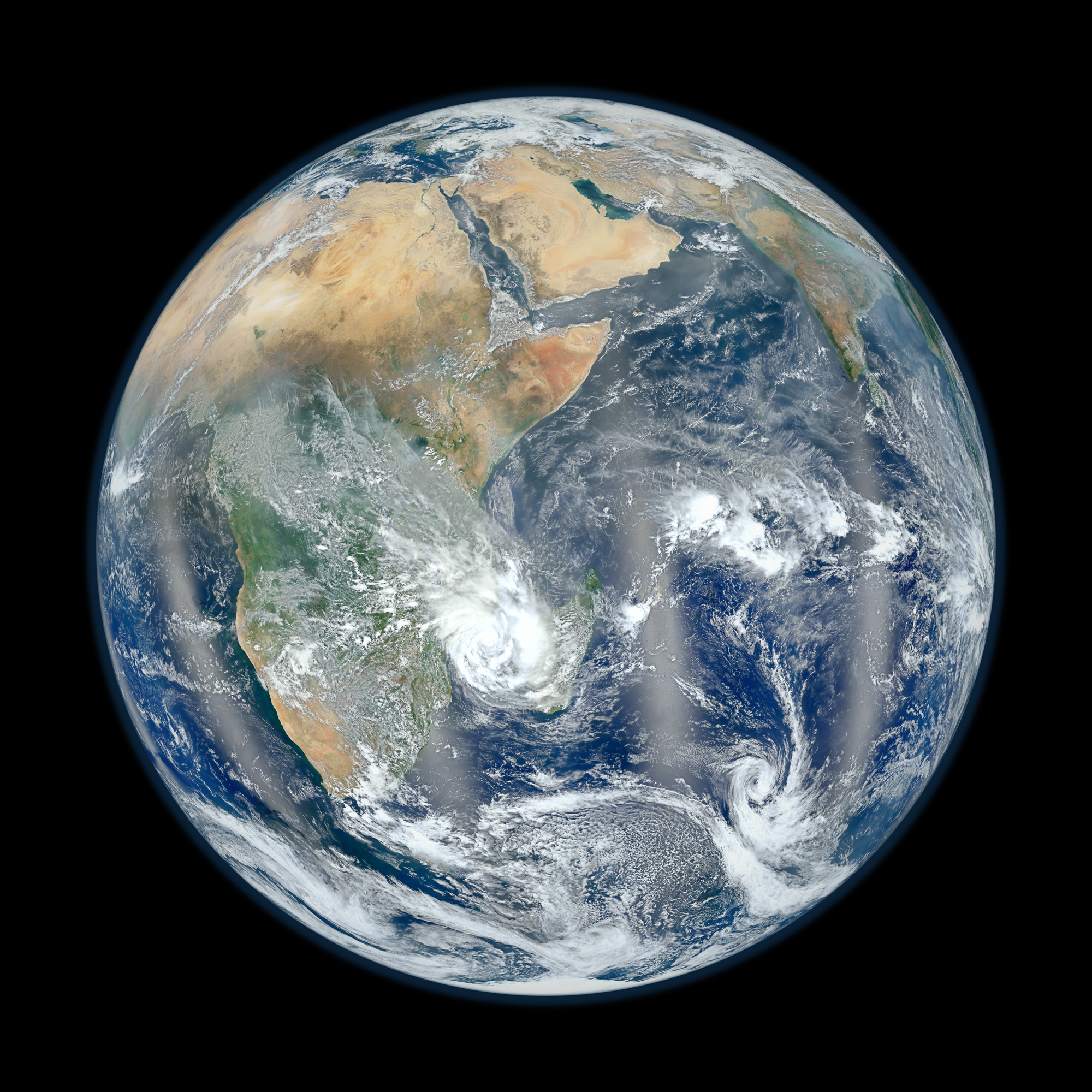
A Paradox From Climate Change Past (Video)

Jeremy Deaton writes about the science, policy, and politics of climate and energy for Nexus Media. You can follow him at @deaton_jeremy. Deaton contributed this article to Live Science's Expert Voices: Op-Ed & Insights.
Human history is rife with stories of environmental catastrophe and powerful civilizations felled by climate change — the Mayans, the Egyptians, the Sumerians. But while countless scholars have scoured the historical record to understand the risks of climate change, few have looked to the past for answers to how modern societies will need to adapt.
"Climate change causes crisis, and a generation of scientists and historians have now reconstructed that essential relationship," said Georgetown University historian Dagomar Degroot. "But very, very few people have looked at stories of successful adaptation or resilience in the face of climate change, and I think those are the stories that we need more than anything right now."
Degroot studies the Little Ice Age, a period of global cooling from around 1500 to 1850, during which temperatures dropped 0.6 degrees Celsius in the Northern Hemisphere. The Little Ice Age wreaked havoc across most of Europe, leading to mass starvation, war and social upheaval — but not in the Netherlands. The Golden Age of the Dutch Republic spanned the harshest years of the Little Ice Age.
Floods to lift a siege
"I started researching the Dutch Republic for a few reasons, and one reason was that the Dutch Golden Age coincided perfectly with the period of really dramatic climate change that caused crisis elsewhere," said Degroot. While the rest of Europe faced widespread famine, the Dutch built a trading empire, importing much of their food from abroad. They also leveraged changing conditions to defend against foreign invaders.
In 1574, Spain laid siege to the Dutch town of Leiden (also spelled Leyden). Under siege, the people of Leiden starved. Degroot says some even resorted to eating their pets. William of Orange, leader of the Dutch rebels, sent a carrier pigeon to Leiden imploring citizens not to give in to the Spanish invaders. Had they won, the Spanish would have likely killed every soul in the city, sending a message to the Dutch.
Sign up for the Live Science daily newsletter now
Get the world’s most fascinating discoveries delivered straight to your inbox.
"The Dutch desperately tried to inundate the lands around Leiden in order to drive the Spanish away, but the water was just accumulating too slowly," explained Degroot. "And then finally there was a storm and lots and lots of rain. And the winds shifted in a way that actually was probably more common during a period of climate change … That finally brought the waters of this artificial flooding to Leiden and washed away the Spanish troops." [How Dry Will It Get? New Climate Change Predictions ]
The Dutch rebels sailed to Leiden on the newly formed artificial river to dispense with the last of the Spanish attackers and bring relief to the people of Leiden. Degroot says the Dutch demonstrated "a level of comfort with environmental change that other powers around the world actually didn't have."
Conquering adaptation
Across the continent, the Ottoman Empire struggled in the face of global cooling. Unlike the Dutch, the Ottomans relied on domestic agriculturefor their food. Unwilling or unable to recognize the risks of climate change , they waged war against the Austrian Hapsburgs even as dry, frigid weather ravaged their crops.

"In 1591, calamitous drought hit the Ottoman Empire — in fact, the worst drought in 600 years. At the same time it became much colder across Ottoman lands," said Degroot. "They decided to heavily tax the countryside, even plunder the countryside, in order to funnel more money to their soldiers. Their soldiers, many of them anyway, ended up freezing to death in the field."
Degroot believes climate history represents a new frontier in research. For generations, scholars have become more and more specialized, each responsible for a tiny fragment of human knowledge.
Now, researchers are putting those fragments together, finding the links between seemingly disparate fields. Degroot's work connects science and history to explain how small shifts in the global climate can profoundly alter the course of human events.
"I care passionately about climate change, so what I can do to make the world a better place, is I can look at the past," said Degroot. "I can look for examples of adaptation and resilience in the face of climate change."
Follow all of the Expert Voices issues and debates — and become part of the discussion — on Facebook, Twitter and Google+. The views expressed are those of the author and do not necessarily reflect the views of the publisher. This version of the article was originally published on Live Science.









